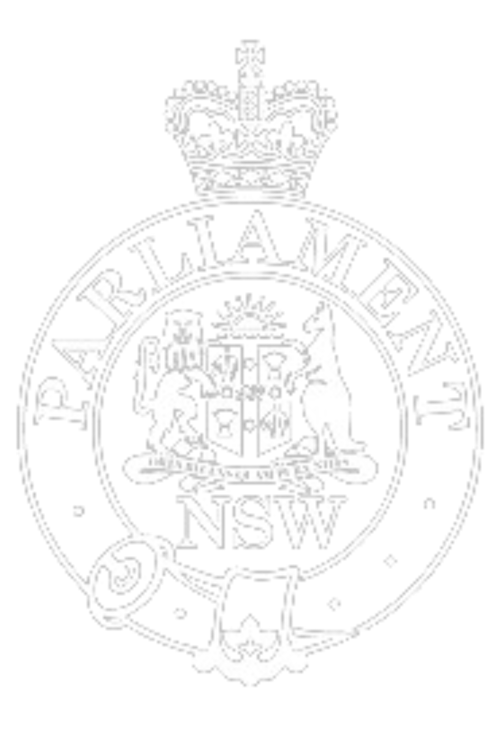Ms CHARISHMA KALIYANDA (Liverpool) (14:52): I am pleased to make a brief contribution in support of the Waste Recycling and Processing Corporation (Authorised Transaction) Amendment Bill 2023. As the Minister noted, the bill will provide for changes to the functions of the Waste Assets Management Corporation. The bill seeks to make a number of amendments to the Waste Recycling and Processing Corporation (Authorised Transaction) Act 2010 No 8, including changing the name from Waste Recycling and Processing Corporation (Authorised Transaction) Act to Waste Assets Management Corporation Act.
The bill provides for the Waste Assets Management Corporation [WAMC] to have the function to acquire and manage contaminated land; secondly, to provide contracting and consulting services to other agencies on land not owned by the WAMC; thirdly, to develop land held by the WAMC to prevent further contamination of land and to mitigate risk posed by contamination to human health or to the environment; and, fourthly, to hold assets and conduct business, including providing services that are required to manage land held by the WAMC.
The bill also facilitates the transfer of land to and from the WAMC with consent from both the WAMC and the transferor, and approval from the relevant ministers and Treasurer. It establishes that duty under the Duties Act 1997 is not chargeable for vesting or transfer of land under the Act. Presently, there is no one agency with responsibility, capability or expertise to identify, manage and appropriately develop contaminated land, resulting in inconsistent, incomplete and inefficient contaminated land management practices. The bill capitalises on the specialisation, expertise and experience of the WAMC to establish a centralised New South Wales government agency for contaminated land management, providing cost efficiencies to government.
The new functions will allow for development on legacy sites in situations where the development will prevent further contamination or will assist in mitigating or minimising the risk of harm to human health and the environment. This development function is currently available to the WAMC on nine limited sites. On those sites the WAMC has created significant public benefit by developing over the legacy contaminated land. Examples include the Barden Ridge golf course and sporting complex, which was constructed by the WAMC over a closed landfill and, as the member for Tamworth outlined, has transformed community amenity in the region; the Bare Creek Bike Park, a world-class mountain biking facility constructed by the WAMC over the closed Belrose landfill, as well as the landfill gas combustion engines at Eastern Creek, which collect methane from a closed landfill and create enough electricity to power approximately 6,000 homes.
The Eastern Creek renewable energy facility takes an innovative approach to supplying electricity to the grid while reducing greenhouse emissions from landfill gas. The annual outputs currently include 50,000 megawatt hours of renewable electricity exported to the power grid, 279,000 tonnes of direct greenhouse gas emissions—carbon dioxide equivalent—abated, the equivalent of taking approximately 112,000 cars off the road, and 110,000 litres of water saved. These are much-needed measures, especially in Western Sydney. The bill will ensure that the WAMC is able to continue developing those public facilities over legacy land that is otherwise unusable. Current plans for existing WAMC-owned sites include a 50-megawatt solar farm over a legacy contaminated site at Castlereagh and a potential solar-hydrogen plant at Eastern Creek. As we consider future energy needs for Western Sydney's growing communities, such transfers of usage of legacy lands are much needed and much welcomed by our communities.
Consolidating legacy contaminated land in a single agency not only ensures that risks to human health and the environment are appropriately managed; it also ensures that public land which may otherwise be left in a dilapidated state is transformed into uses which benefit the State. Therefore it presents a win-win situation of keeping our communities safe and providing amenity or other benefit. The WAMC has a proven track record in transforming legacy contaminated land into usable public space or commercial operations. The proposed amendments in the bill enable the WAMC to expand this expertise to other government land and to address what is a burden for not only the communities living around these sites but for the agencies which are currently tasked with the management of contamination issues. I note the presence of the Minister in the House and thank him for bringing this important bill to the House. I commend the bill to the



